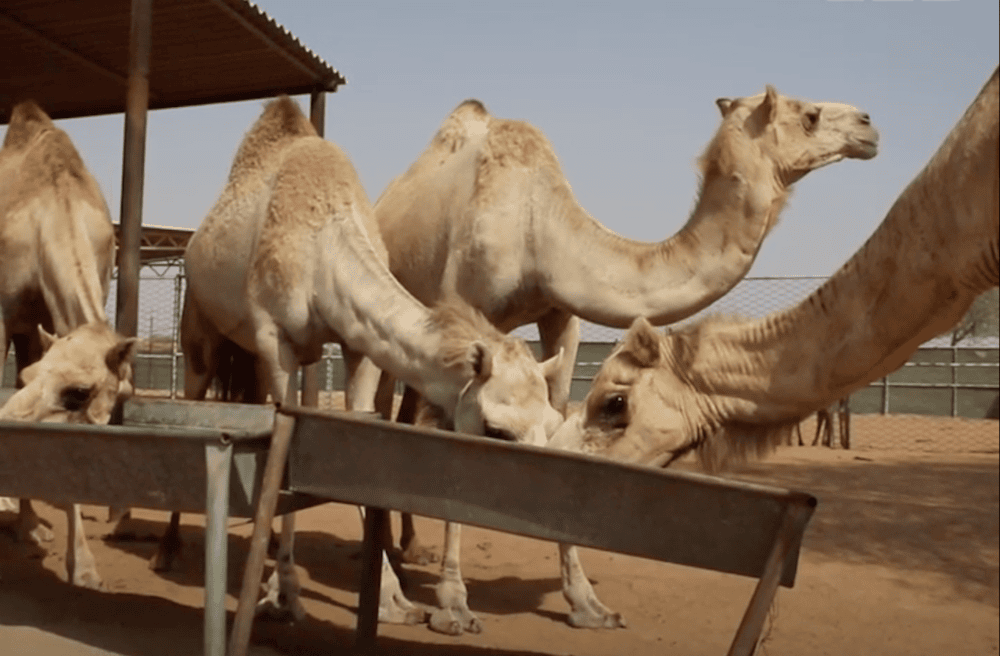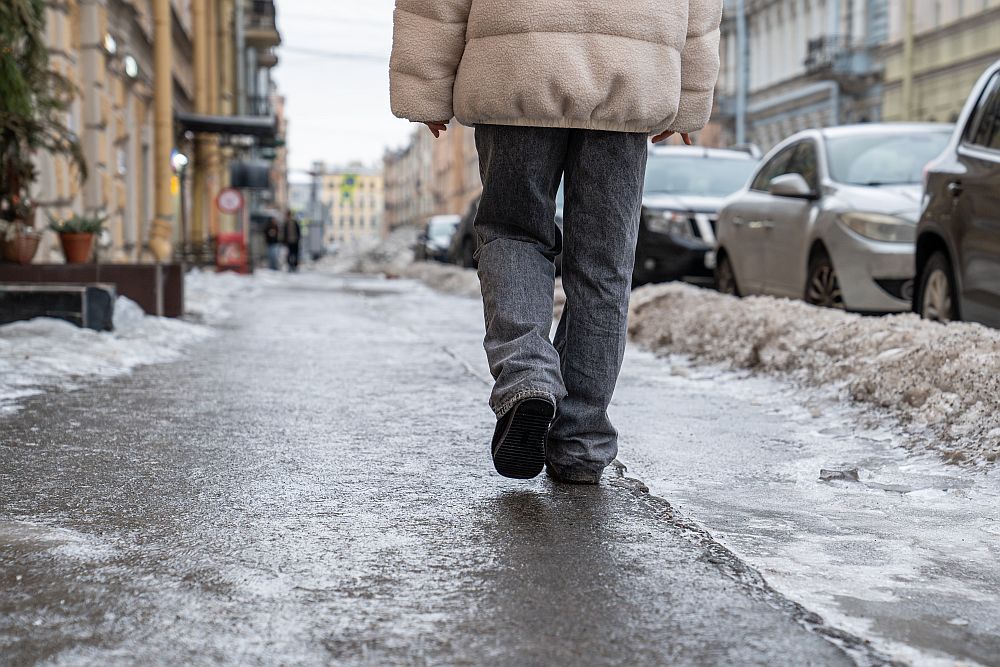
[Image above] Beauty, milk, fuel for cement—who knew camels provided so much? Credit: The National, YouTube
Many beauty pageants, including Miss America and Miss Universe, allow (even encourage) cosmetic surgery.
Not King Abdulaziz.
When 12 participants at the King Abdulaziz festival in Saudi Arabia were caught receiving botulinum toxin (Botox) injections to make their pouts more alluring, all 12 were disqualified.
The participants did not have much to say about their disqualification—they were camels, after all.
Camel beauty competitions are a massive business on the Arabian Peninsula. Since camels became associated with status and wealth during the oil boom of the 20th century, camel pageants have grown substantially. For reference, some 30,000 camels competed in the King Abdulaziz Camel Festival in 2017.
That many camels leads to an unusual problem for Arab countries—finding ways to dispose of thousands of tonnes of camel dung.

Shiny coat, long neck, large head—these are the requirements to be crowned prettiest camel. Credit: VICE, YouTube
A new government-run program in the northernmost emirate of the United Arab Emirates could provide an answer to that problem.
In the emirate of Ras al-Khaimah, camel excrement is blended with coal to power the boiler at a large cement factory. A blend of one part dung to nine parts coal burns steadily—perfect for cement ovens that work continuously at temperatures up to 1,400°C (2,552°F).
In an interview with Reuters, general manager of Gulf Cement Company Mohamed Ahmed Ali Ebrahim describes the moment Ras al-Khaimah Waste Management Agency (RAKWMA) proposed the idea to the cement company. “People started to laugh, believe me,” he says.
However, they warmed to the idea when they learned how much waste the project diverts from landfills—two tonnes of camel waste can replace one tonne of coal. “We heard from our grandfathers that they used cow dung for heating. But nobody had thought about the camel waste itself,” Ebrahim says. Now, the factory uses 50 tonnes of camel dung a day.
Ras al-Khaimah is home to around 9,000 camels, and each camel produces some 8 kg (17.6 lbs) of feces daily. The government hopes the project (which also includes chicken, industrial, and water treatment waste) will divert 75% of all waste from landfills by 2021, in alignment with the UAE Vision 2021 Goals.
A video on the YouTube channel of UAE-based newspaper The National reports that 9,000 tonnes of camel waste was diverted from landfills over the past year, resulting in 18,224 tonnes of reduced carbon emissions.
“It has been a very good thing for everyone,” Sonia Ytuarte Nasser, executive director of RAKWMA, says in the video.
You can see the collection process in action—and meet some of the beautiful camels—in the video below.
Alternative fuel for cement plants is not the only useful product camels produce. Interest in camel milk as an alternative to cow milk is growing in the United States and Australia and is expected to grow at a CAGR of 7% to $15.05 billion in 2022!

Credit: The National, YouTube
Author
Lisa McDonald
CTT Categories
- Cement
- Environment


